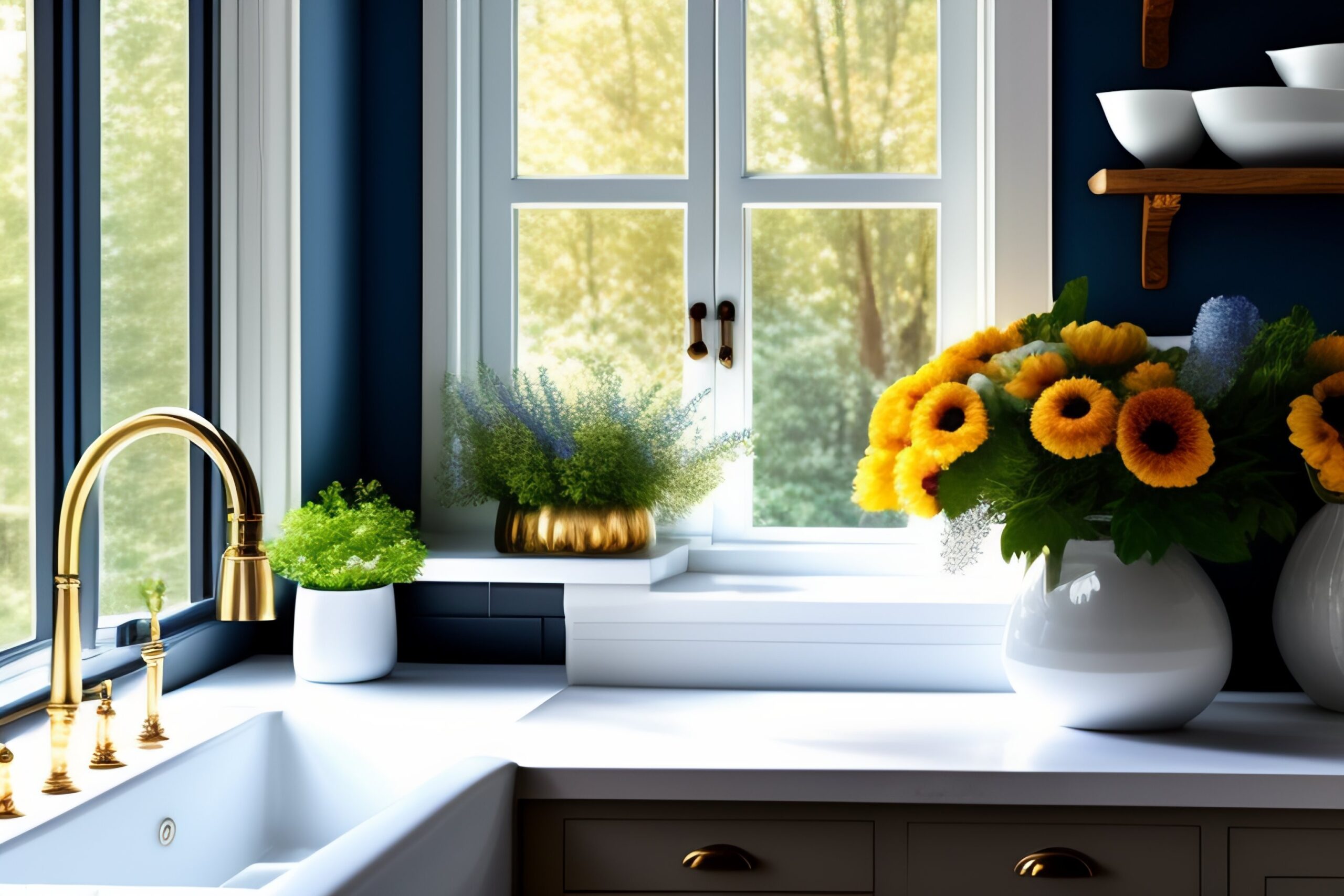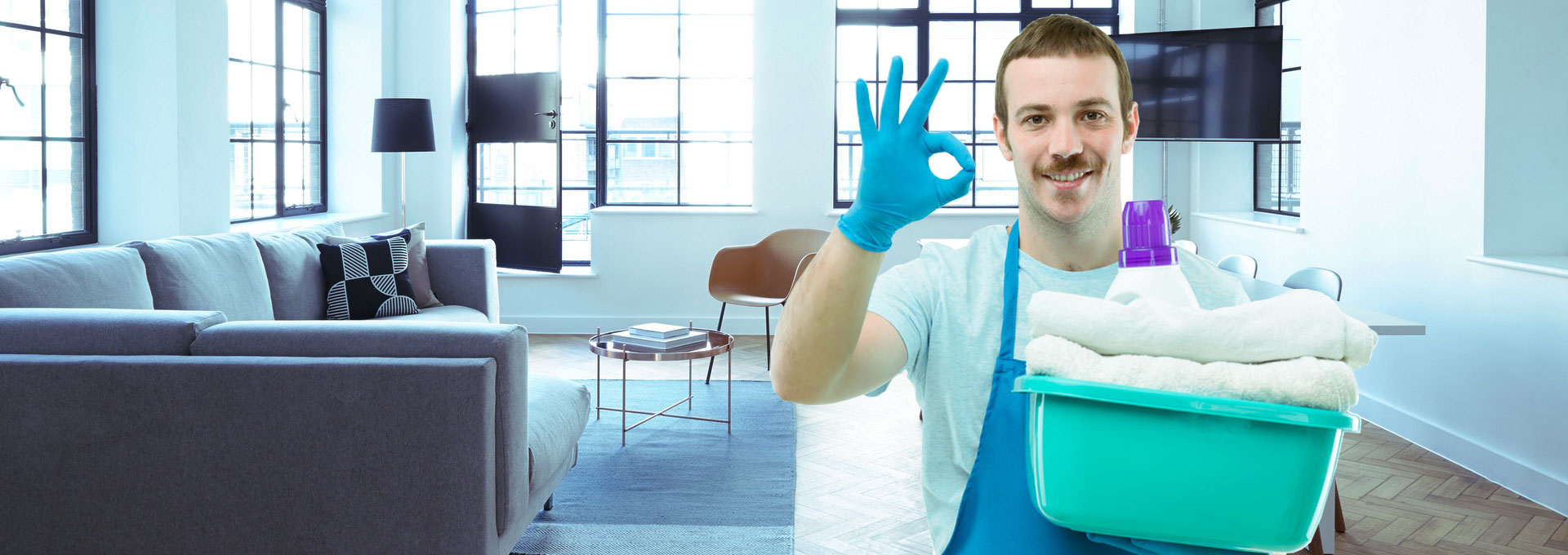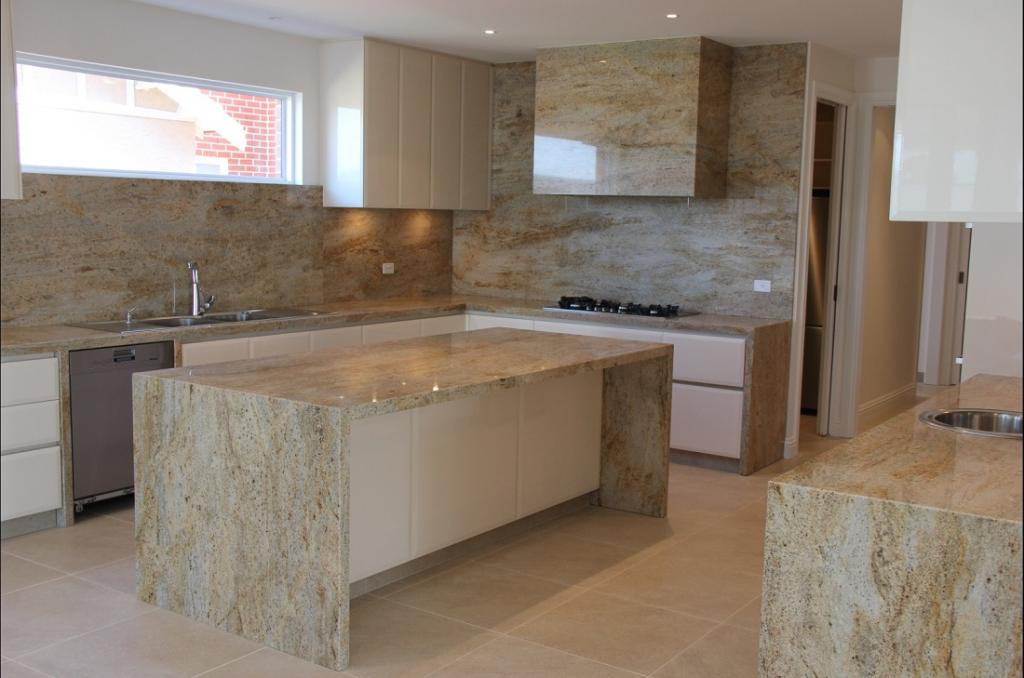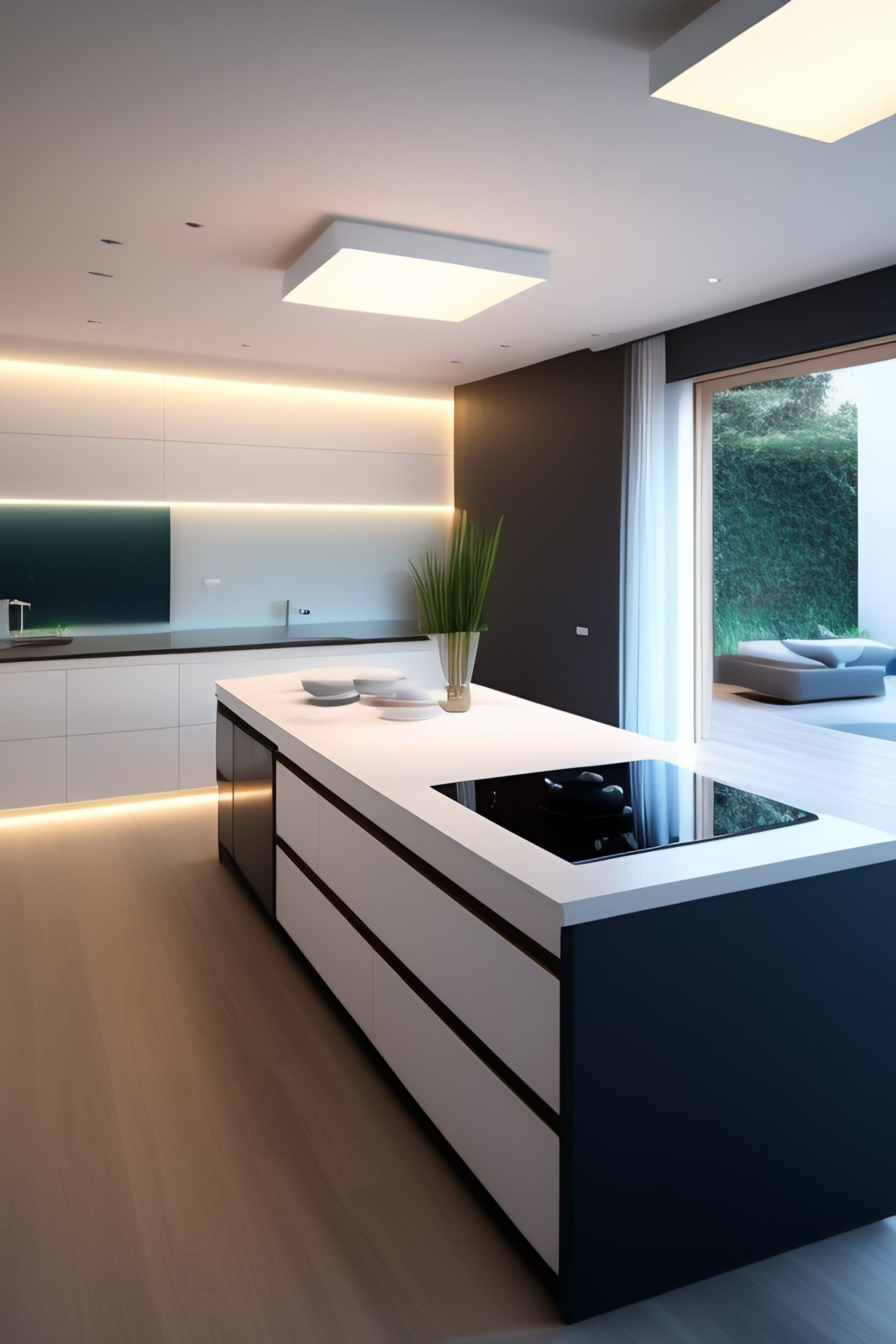How to Clean Marble Benchtop? Marble benchtops exude elegance and have become increasingly popular in modern homes. Their stunning beauty adds a touch of luxury to any kitchen or bathroom. However, to ensure their longevity and preserve their exquisite appearance, regular cleaning is essential.
In this comprehensive guide, we will explore the art of cleaning marble benchtops, providing you with valuable insights, tips, and techniques to help you maintain their beauty for years to come.
Read More:
- List of cleaning products safe for septic systems in Australia
- Mixing pine-sol and baking soda
- How to start a cleaning business in Australia
- How to Clean Marble Benchtop
- Benefits of using Pinol Cleaning Products
- The Ultimate Guide to Gross Pollutant Trap Cleaning: Everything You Need to Know
- How much do house cleaners charge per hour?
Understanding Marble Benchtops
Marble benchtops are a timeless choice for kitchens and bathrooms, known for their unparalleled beauty and elegance. Understanding the different types of marble used for benchtops and their unique characteristics can help you make an informed decision. Additionally, considering the pros and cons of choosing marble benchtops will ensure that they align with your specific needs and preferences.
Types of Marble for Benchtops
- Carrara Marble: Renowned for its classic white background and subtle gray veining, Carrara marble is a popular choice for benchtops. It offers a timeless and sophisticated look.
- Calacatta Marble: With its luxurious white background and bold, dramatic veining, Calacatta marble adds a touch of opulence to any space. It is highly sought after for its unique beauty.
- Statuario Marble: Prized for its striking white background and dramatic gray veining, Statuario marble is considered one of the most luxurious options. It exudes elegance and grandeur.
Unique Characteristics of Marble Benchtops
- Natural Beauty: Each slab of marble is distinct, showcasing its own patterns and color variations. This natural beauty adds character and uniqueness to your benchtop.
- Heat Resistance: Marble has excellent heat resistance, making it suitable for placing hot pans or pots directly on the surface without causing damage.
- Cool Surface: Marble has a cool surface, which can be refreshing in warmer climates or when preparing temperature-sensitive ingredients.
- Porosity: Marble is a porous material, which means it can absorb liquids and stains if not properly sealed and maintained.
- Scratching and Etching: While marble is relatively durable, it is susceptible to scratching and etching from acidic substances or abrasive materials.
Pros of Choosing Marble Benchtops
- Timeless Elegance: Marble benchtops bring a sense of luxury and sophistication to any space, elevating its aesthetic appeal.
- Value and Prestige: Marble is often associated with high-end design and can enhance the overall value and prestige of your home.
- Natural Variation: The unique veining and patterns of marble create a visually stunning focal point, adding depth and character to your kitchen or bathroom.
- Heat Resistance: Marble’s ability to withstand high temperatures makes it ideal for avid cooks who frequently work with hot pots and pans.
Cons of Choosing Marble Benchtops
- Porosity and Staining: Marble’s porous nature makes it susceptible to staining if spills are not promptly cleaned. Regular sealing is necessary to mitigate this risk.
- Scratching and Etching: Marble is relatively soft compared to other stone materials, making it prone to scratches and etching from acidic substances, sharp objects, or abrasive cleaners.
- Maintenance: Marble requires regular maintenance to preserve its beauty, including sealing, gentle cleaning practices, and avoiding harsh chemicals.
- Cost: Marble benchtops tend to be more expensive compared to other materials, reflecting their exclusivity and natural beauty.
By understanding the various types of marble used for benchtops and considering their unique characteristics, as well as weighing the pros and cons of choosing marble benchtops, you can make an informed decision that aligns with your style, preferences, and maintenance requirements.
Assessing the Cleaning Needs
Before diving into the cleaning process, it’s important to assess the cleaning needs of your marble benchtops. This involves determining the level and type of dirt, stains, or discoloration present on the surface, as well as evaluating any existing damage or etching that requires attention. Understanding these factors will help you choose the appropriate cleaning methods and products for effective restoration.
Determining the Level and Type of Dirt, Stains, or Discoloration
- Surface Dirt: Assess the overall cleanliness of the marble benchtops. Determine if there is a light layer of dust, debris, or food particles that can be easily removed through regular cleaning methods.
- Stains: Identify any visible stains on the marble surface. Determine the nature of the stains, such as food, oil, wine, or rust stains. Different stains may require specific cleaning techniques.
- Discoloration: Examine the color consistency of the marble benchtops. Note any areas where the color appears faded, dull, or uneven, indicating potential discoloration.
Evaluating Existing Damage or Etching
- Scratches: Inspect the surface for any visible scratches or scuffs. Determine the severity of the scratches, whether they are minor surface marks or deeper grooves that require professional attention.
- Etching: Look for signs of etching, which are dull spots or marks caused by the corrosive action of acidic substances. Assess the extent of the etching and whether it is localized or spread across a larger area.
- Cracks or Chips: Check for any cracks or chips on the marble surface. Evaluate the size and depth of the damage to determine if it requires repair or restoration.
By carefully assessing the cleaning needs of your marble benchtops, you can develop a targeted approach to address specific issues effectively.
Understanding the level and type of dirt, stains, or discoloration, as well as evaluating any existing damage or etching, will guide you in selecting the appropriate cleaning methods, products, or professional assistance required to restore the beauty and integrity of your marble benchtops.

Precautions and Safety Measures
To ensure the longevity and beauty of your marble surfaces, it is crucial to take essential precautions and adhere to proper safety measures when cleaning. Additionally, using suitable cleaning products and tools is vital to prevent damage and maintain the pristine condition of your marble surfaces.
Precautions to Prevent Damage to Marble Surfaces During Cleaning
- Avoid Harsh Chemicals: Refrain from using acidic or abrasive cleaners that can etch or scratch the marble surface. These include vinegar, citrus-based cleaners, ammonia, or bleach.
- Gentle Cleaning Techniques: Use soft microfiber cloths, non-abrasive sponges, or soft-bristle brushes to avoid scratching the marble surface.
- Wipe Spills Immediately: Promptly clean up spills, especially acidic liquids like citrus juices or wine, to prevent staining or etching.
- Protective Mats or Coasters: Placemats or coasters under hot dishes, glasses, or sharp objects to protect the marble surface from heat and scratches.
- Use Cutting Boards: Avoid cutting directly on the marble surface to prevent knife marks and scratches.
Importance of Using Suitable Cleaning Products and Tools
- pH-Neutral Cleaners: Opt for mild, pH-neutral cleaners specifically formulated for marble surfaces. These cleaners effectively remove dirt and stains without damaging the marble.
- Natural Cleaning Solutions: Consider using gentle homemade cleaning solutions such as a mixture of warm water and mild dish soap or a solution of water and baking soda.
- Soft Cloths and Sponges: Choose soft, lint-free microfiber cloths or non-abrasive sponges to clean the marble surface. These materials are gentle and won’t scratch the marble.
- Soft-Bristle Brushes: When necessary, use soft-bristle brushes to gently scrub away stubborn dirt or grime. Ensure the brush is suitable for use on delicate surfaces like marble.
- Avoid Abrasive Tools: Steer clear of abrasive scrub brushes, steel wool, or abrasive pads as they can scratch the marble surface.
- Test Products in a Small Area: Before using any new cleaning product or solution, test it on a small, inconspicuous area of the marble surface to ensure it does not cause any damage or discoloration.
By following these precautions and using suitable cleaning products and tools, you can effectively clean your marble surfaces without compromising their integrity. Proper care and maintenance will help preserve the natural beauty of your marble benchtops, ensuring they remain a stunning focal point in your kitchen or bathroom for years to come.
Gentle Cleaning Methods
When it comes to cleaning marble benchtops, using mild and non-abrasive cleaning solutions is essential to preserve their beauty and prevent damage. In this section, we will introduce you to gentle cleaning methods, including the use of homemade cleaners that are safe and effective for marble surfaces. Follow the detailed instructions below for creating and applying these homemade cleaners.
Introduction to Mild and Non-Abrasive Cleaning Solutions
-
pH-Neutral Marble Cleaners
Look for commercially available pH-neutral marble cleaners specifically formulated for marble surfaces. These cleaners are gentle and won’t cause etching or damage to the marble.
Follow the instructions provided by the manufacturer for the proper usage of the cleaner.
-
Homemade Marble Cleaners
Creating your own homemade cleaners is a cost-effective and natural alternative for cleaning marble benchtops. Here are two effective recipes:
- Warm Water and Mild Dish Soap Solution:
- Fill a spray bottle with warm water.
- Add a few drops of mild dish soap to the water.
- Gently shake the bottle to mix the solution.
- Baking Soda Paste:
- In a small bowl, combine 1/4 cup of baking soda with enough water to form a thick paste.
- Stir the mixture until it reaches a smooth consistency.
Detailed Instructions for Application
-
pH-Neutral Marble Cleaners
- Spray the pH-neutral marble cleaner onto the marble surface, covering the area to be cleaned.
- Use a soft microfiber cloth or non-abrasive sponge to gently wipe the surface in circular motions.
- Pay extra attention to any stained or soiled areas, applying slightly more pressure if needed.
- Rinse the cloth or sponge with clean water and wipe down the surface to remove any residue.
- Dry the marble benchtop thoroughly with a clean, lint-free towel.
-
Homemade Marble Cleaners
Creating your own homemade cleaners is a cost-effective and natural alternative for cleaning marble benchtops. Here are two effective recipes:
Warm Water and Mild Dish Soap Solution:
- Spray the warm water and mild dish soap solution onto the marble surface, ensuring even coverage.
- Gently scrub the surface using a soft microfiber cloth or a non-abrasive sponge.
- Focus on stained or soiled areas, applying slightly more pressure if necessary.
- Rinse the cloth or sponge with clean water and wipe down the surface to remove any soap residue.
- Dry the marble benchtop thoroughly with a clean, lint-free towel.
Baking Soda Paste:
- Apply the baking soda paste directly onto the stained or soiled areas of the marble surface.
- Use a soft microfiber cloth or non-abrasive sponge to gently scrub the paste into the stains.
- Rinse the cloth or sponge with clean water and wipe down the surface to remove any residue.
- Dry the marble benchtop thoroughly with a clean, lint-free towel.
By using these gentle cleaning methods and homemade cleaners, you can effectively clean your marble benchtops without causing damage or etching. Remember to always test any cleaning solution or homemade cleaner on a small, inconspicuous area of the marble surface before applying it to the entire benchtop.
Regular maintenance using these gentle cleaning methods will help preserve the natural beauty and shine of your marble surfaces.

Dealing with Stubborn Stains
While regular cleaning can remove most stains from marble surfaces, some stubborn stains may require additional attention. In this section, we will help you identify specific types of stains that commonly occur on marble and provide techniques for removing deep-seated stains without causing damage to the marble.
Identifying Specific Types of Stains on Marble Surfaces
-
Organic Stains
- Common Sources: Coffee, tea, wine, fruit juices, food stains, and plant-based materials.
- Appearance: Dark or discolored patches on the marble surface.
-
Oil-Based Stains
- Common Sources: Cooking oil, grease, cosmetics, and oily substances.
- Appearance: Dark, translucent stains that may darken the marble’s natural colour.
-
Rust Stains
- Common Sources: Metal objects, water with high iron content.
- Appearance: Orange or reddish-brown stains on the marble surface.
-
Ink or Dye Stains
- Common Sources: Ink spills, colored liquids, or dyes.
- Appearance: Colored stains that may penetrate the marble surface.
Techniques for Removing Deep-Seated Stains
-
Poultice Method
- Create a poultice by combining a powdered absorbent material (such as baking soda or talc) with a liquid solvent (such as hydrogen peroxide or ammonia).
- Mix the ingredients to form a thick paste and apply it to the stained area, ensuring a ¼ to ½ inch layer.
- Cover the poultice with plastic wrap and let it sit for 24 to 48 hours to allow the paste to draw out the stain.
- After the specified time, remove the poultice and rinse the area with water. Dry the surface with a clean cloth.
-
Hydrogen Peroxide Method
- Dampen a clean cloth or sponge with hydrogen peroxide (3% concentration).
- Place the cloth or sponge on the stained area and let it sit for several hours, keeping it moist by spraying additional hydrogen peroxide as needed.
- Rinse the area with water and dry it thoroughly.
-
Stone Cleaner Method
- If the stains persist after using the poultice or hydrogen peroxide methods, consider using a commercially available stone cleaner specifically formulated for marble surfaces.
- Follow the instructions provided by the manufacturer for proper usage, application, and removal of the stone cleaner.
Important Tips
- Always test any stain removal method on a small, inconspicuous area of the marble surface before applying it to the stained area.
- Avoid using abrasive materials or cleaners that contain acids, as they can cause further damage to the marble.
- For persistent or severe stains, it is advisable to seek professional assistance from stone restoration experts who specialize in marble.
By using these techniques and being diligent in stain removal, you can effectively treat stubborn stains on your marble surfaces. Remember to be patient and gentle in your approach to avoid damaging the marble.
Daily maintenance and immediate attention to spills can help prevent deep-seated stains and preserve the natural beauty of your marble benchtops.

Daily Maintenance Routine
Implementing a regular daily maintenance routine is crucial for keeping your marble benchtops clean, preserving their beauty, and preventing the buildup of stains or spills. Follow this step-by-step guide to quick and effective cleaning practices, along with valuable tips for preventing common stains and spills on your marble surfaces.
Step-by-Step Guide to Daily Cleaning Practices
-
Gather Your Supplies
- Soft microfiber cloth or non-abrasive sponge
- pH-neutral marble cleaner or a mixture of warm water and mild dish soap
- Clean, lint-free towels for drying
-
Clear the Surface
Remove any items, such as utensils, appliances, or decorative objects, from the marble benchtop to ensure unrestricted access for cleaning.
-
Dust and Wipe Down
- Begin by gently dusting the surface with a soft microfiber cloth or dry sponge to remove loose particles and debris.
- Dampen the cloth or sponge with water or a diluted mixture of warm water and mild dish soap. Wring out excess moisture.
-
Clean the Surface
- Wipe the entire marble benchtop using gentle, circular motions. Avoid excessive pressure to prevent scratching the surface.
- For tougher stains or spills, apply a small amount of pH-neutral marble cleaner directly to the affected area. Follow the product instructions for application.
-
Rinse and Dry
Rinse the cloth or sponge with clean water and go over the entire surface to remove any soapy residue.
Thoroughly dry the marble benchtop with a clean, lint-free towel to prevent water spots or streaks.
Tips for Preventing Stains and Spills
-
Use Coasters and Mats
Place coasters under glasses and mats or trivets under hot dishes or cookware to protect the marble surface from potential stains or heat damage.
-
Wipe Spills Immediately
Promptly clean up any spills, especially acidic liquids like citrus juices or wine, to prevent them from penetrating and staining the marble. Blot the spill gently rather than wiping it, to avoid spreading.
-
Avoid Harsh Chemicals and Abrasive Materials
Refrain from using acidic or abrasive cleaners, as they can cause etching or scratching on the marble surface. Stick to pH-neutral marble cleaners or mild dish soap.
-
Regularly Dust and Sweep
Incorporate dusting and sweeping into your daily cleaning routine to remove loose particles that can potentially scratch the marble surface.
-
Be Mindful of Sharp Objects
Avoid placing sharp objects directly on the marble benchtop. Always use cutting boards or protective mats to prevent scratches.
By following this daily maintenance routine and implementing preventive measures, you can keep your marble benchtops looking pristine and minimize the risk of stains and spills. Consistency is key to preserving the beauty and longevity of your marble surfaces, ensuring they remain a stunning focal point in your kitchen or bathroom.
Frequently Asked Questions (FAQs)
Here are answers to some common questions regarding the cleaning and maintenance of marble benchtops:
-
Can I use vinegar to clean marble benchtops?
No, it is not recommended to use vinegar or any acidic cleaners on marble surfaces. The acidity can etch and damage the marble. Opt for pH-neutral marble cleaners or homemade solutions specifically formulated for marble.
-
How often should I seal my marble benchtops?
The frequency of sealing marble benchtops depends on factors such as the type of marble and its level of use. As a general guideline, it is recommended to reseal marble every 6 to 12 months. However, always follow the manufacturer’s instructions or consult with a professional for the specific needs of your marble benchtops.
-
Is it possible to repair etched or damaged marble?
Yes, etched or damaged marble can be repaired. Minor etching can sometimes be resolved through polishing using marble polishing compounds. For deeper damage or significant etching, it is best to consult with professionals who specialize in marble restoration.
-
What should I do if a heavy object leaves a dent in my marble benchtop?
If a heavy object causes a dent in your marble benchtop, it is advisable to seek professional assistance. Skilled restoration experts can evaluate the extent of the damage and use techniques such as filling and honing to repair the dent.
-
Can I use abrasive cleaners or scrub brushes on marble surfaces?
No, abrasive cleaners, scrub brushes, or abrasive pads should be avoided on marble surfaces. They can scratch and damage the marble. Stick to soft microfiber cloths, non-abrasive sponges, or soft-bristle brushes for cleaning.
-
How do I remove water stains from marble benchtops?
Water stains can often be removed by applying a poultice made of baking soda and water. Spread the poultice over the stain, cover it with plastic wrap, and allow it to sit for 24 to 48 hours. Then, remove the poultice, rinse the area, and dry it thoroughly.
-
Are there any natural remedies for cleaning marble?
Yes, there are natural remedies for cleaning marble. For general cleaning, a mixture of warm water and mild dish soap can be used. Additionally, a paste of baking soda and water can help remove stains. However, always test these remedies on a small area before applying them to the entire marble surface.
-
What are the signs that my marble benchtops need professional restoration?
Signs that your marble benchtops may need professional restoration include deep stains or discoloration that cannot be removed through regular cleaning, severe etching or scratches, or significant damage such as cracks or chips. If in doubt, consulting with marble restoration experts can help assess the condition of your benchtops.
-
How can I prevent my marble benchtops from getting scratched?
To prevent scratching, use cutting boards or protective mats under sharp objects. Avoid dragging heavy or abrasive items across the marble surface. Regularly dust and sweep the benchtops to remove loose particles that can cause scratching.


